#yakut
Text
Law in Yakut national clothes. I really wanted to draw him in the costume of my people. I think according to the theme of his character our culture suits him pretty well.
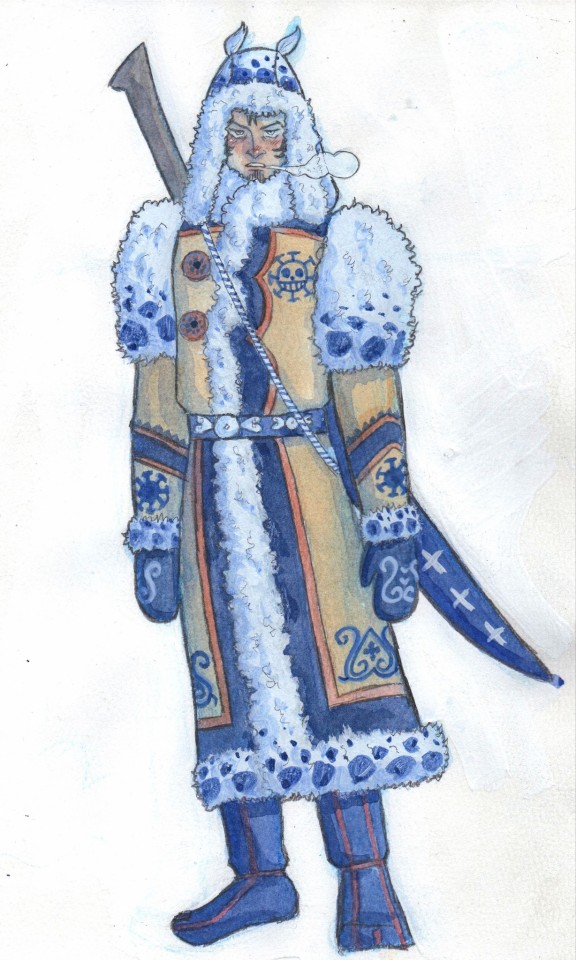
I wanted to add more heart-shaped patterns but that would be too much ig💀
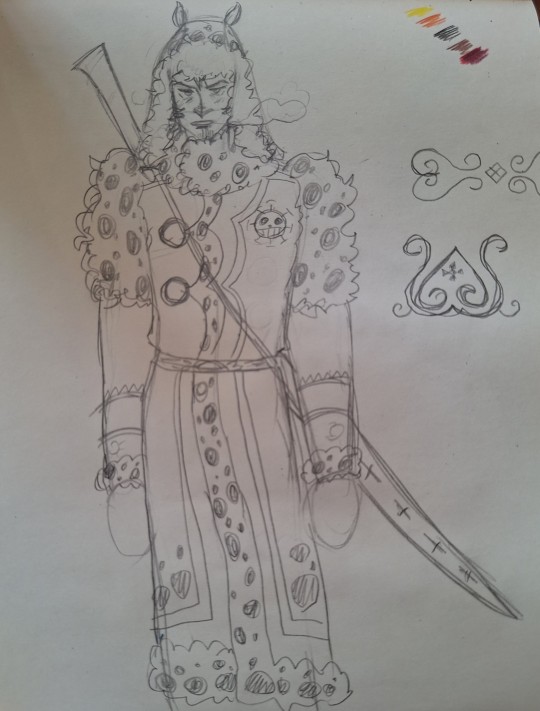
Also i made sketches of Luffy, Zoro, Sanji and Jimbei. Luffy and Sanji's costumes are more modernized, while Zoro and Jimbei's costumes are more archaic. I like Zoro's costume with parts of the archaic Yakut armor that were worn by booturs.
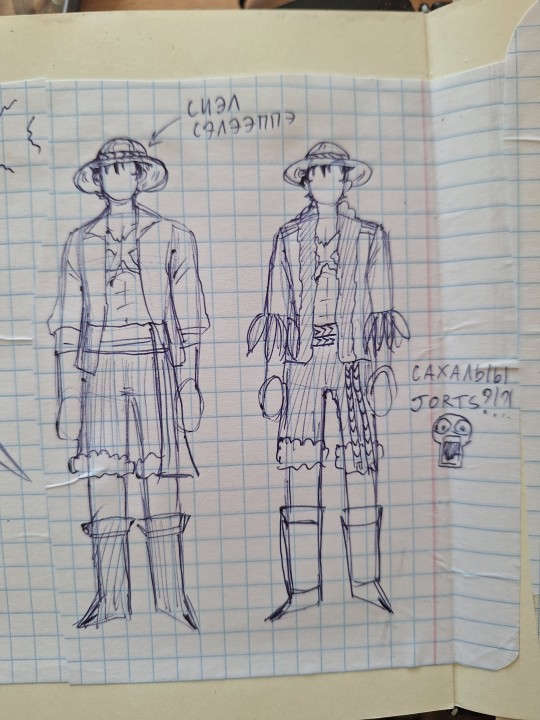
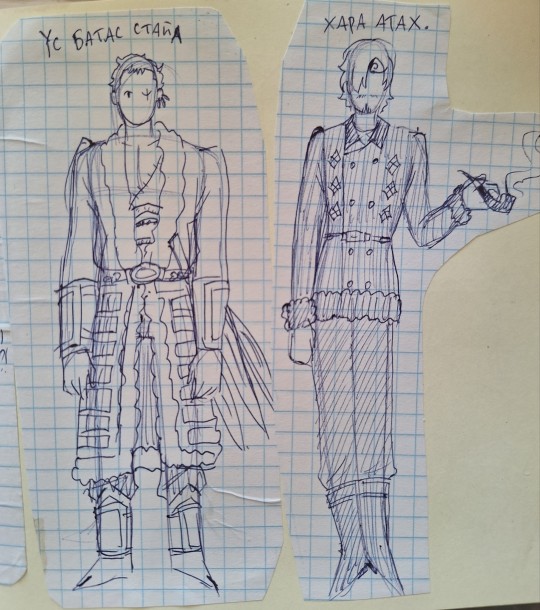
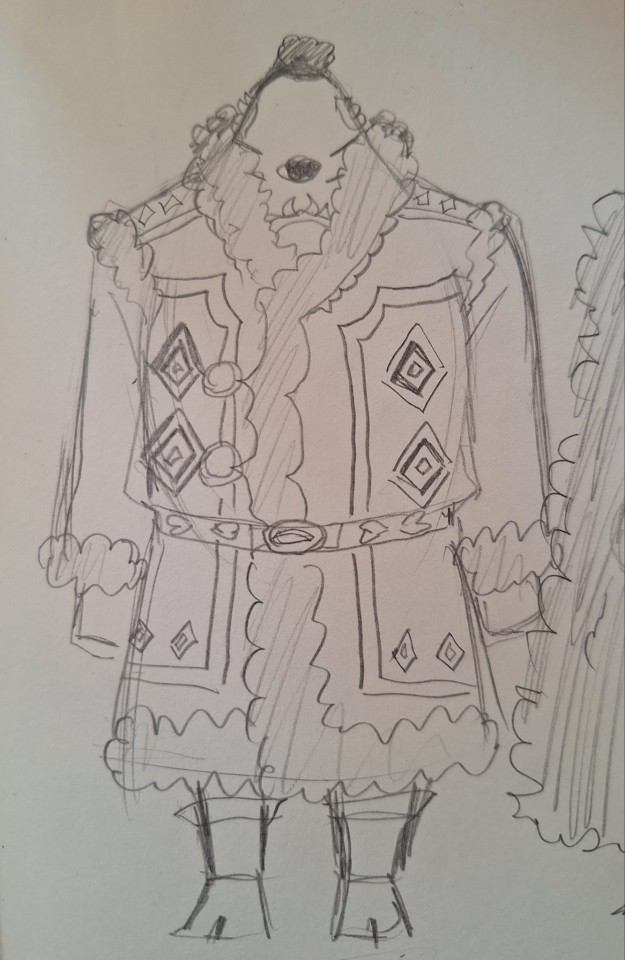
It was pretty fun, maybe I'll draw more
90 notes
·
View notes
Text
im thinking of changing my name again because im cursing at my 14 year old self who picked this random white name for me to live with now so ive been researching traditional Sakha names to get it right and apparently before the russians came and fucked up all our shit with their taxes and christianity, it was the norm for every Sakha person to change their name in their lifetime if not twice, then three times, and who knows if maybe more
basically, the newborn Sakha in the pre-christianity era would be given a name right away after birth like all kids, but once they grew up and started exhibiting individual traits they would be given a descriptive nickname which could describe pretty much anything about a person - positive characteristics, negative characteristics, physical quirks, facial features, body type, age, etc etc. one of my faves i found was Бэлтэкэ (Belteke) with means ‘round face’. would fit me ngl
anyways this is awesome news for me and i just wanted to share because learning that changing names throughout your life is historically super normal for our people makes me feel better about changing it for the second time, yknow? especially with the fact that those names were an individual’s descriptor. almost kind of like being trans and changing your name to one that suits you as a person better so you don’t walk around with the one that had nothing to do with who you really are on a personal level for your whole life
#also#apparently we had the practice of naming our kids ugly names to wart off demons too#i wonder if there’s ever been a Sakha kid named after the word hiccup#mostly from what ive read it was names based on nature like scary animals or gross insec#so they’d be walking around named Wolf and Polar Bear and stuff#sick as hell no?????#gene talks#sakha#yakut
357 notes
·
View notes
Text

Stella at the entrance to the Yakut ASSR from the Magadan region. Made in the form of a ritual hitching post - serge. Serge means that the area where it is installed has an owner. According to tradition, it is done at the yurt, at the gate of the house (“as long as serge stands, the family is alive”), in places where shamanic rituals and burials are held. Hosts and guests tied their horses to it, and it is also a symbol of the tree of life - a certain pagan concept that has survived to this day. You cannot destroy serge - it must itself become unusable.
30 notes
·
View notes
Text

Brush testing on Procreate
First full artwork in the app
#artists on tumblr#art#artwork#drawing#digital art#digital artwork#furryart#furry#sfw furry#furry art#Yakut#Yakut art#Yakut Arts#dog#landscape#painting#landscape painting#procreate#procreate art#procreate app#testing#experimental art#new brush test#brush testing#new brushes#first full artwork on procreate#doggo#feral furry#feral#commissions are open
29 notes
·
View notes
Text
youtube
Beautiful animated film The Bull of Cold in Sakha (Yakut) language (English subtitles included).
42 notes
·
View notes
Text
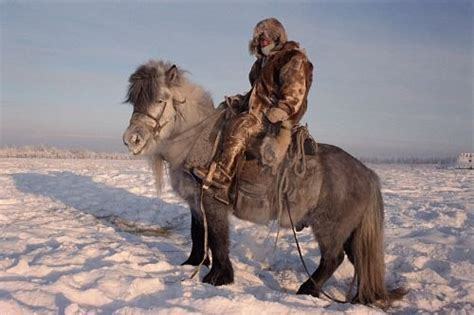
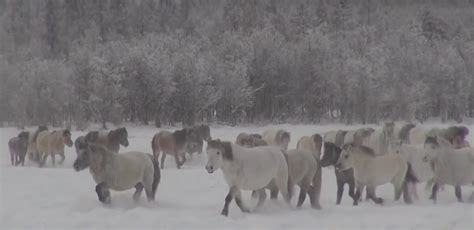
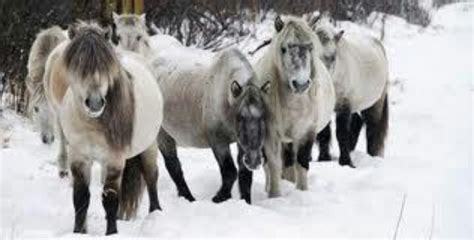
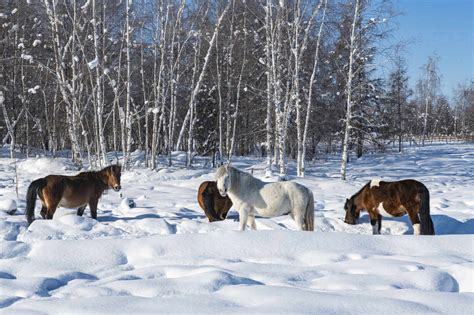

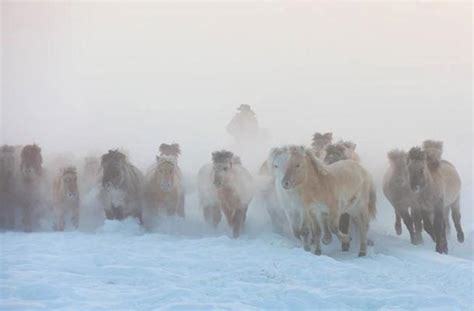

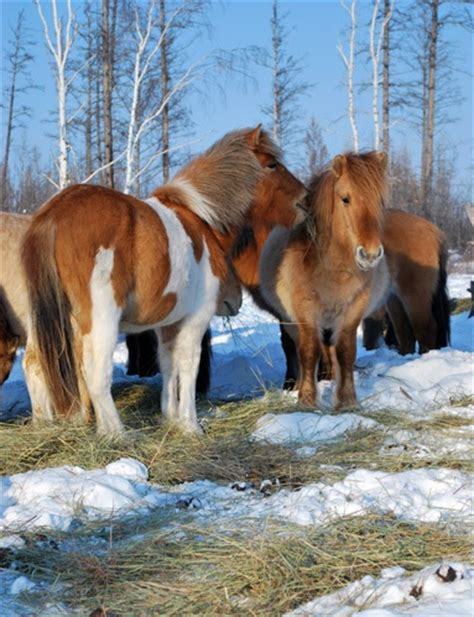
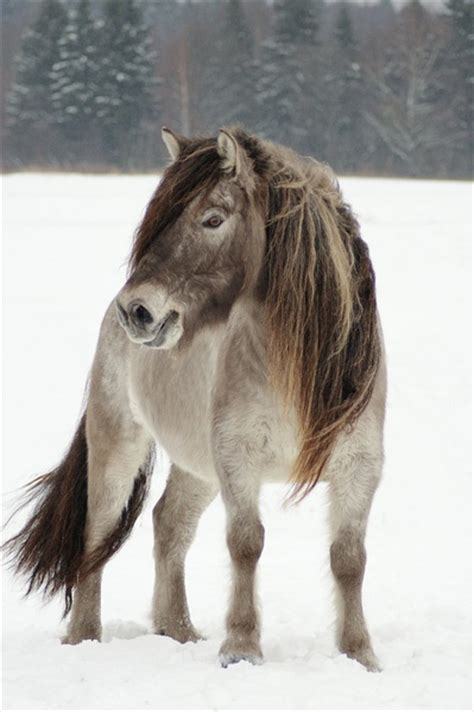
20 notes
·
View notes
Photo

Companions of Christmas 15: Chyskhaan, Lord of the Cold
One of two traditional giftgivers of the Yakut of Siberia, Chyskhaan lives north of Oymyakon, the coldest town in the world. Since time began, people bring him gifts on the longest night of the year as a tribute, in the hopes that he will mitigate the cold and allow warmth and daylight to return to Siberia (though slowly and evenly, that the villages might not be flooded from the snow melt).
He spends the week of Christmas going through the offerings and taking what he will need for the year, and then, on New Year’s, he distributes the remaining majority of gifts to children and those in need who, regardless of their station, are treated by Chyskhaan with the dignity and ceremony as would befit a king or queen.
107 notes
·
View notes
Text
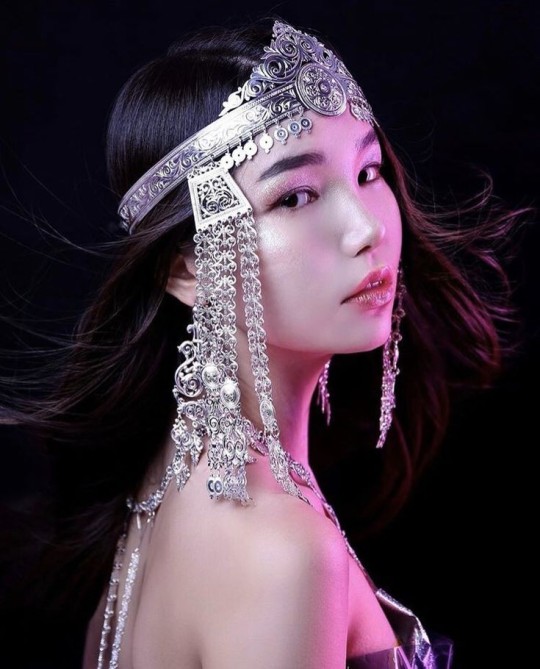
Yakut/Sakha
9 notes
·
View notes
Text
TURKIC RESOURCES
The Anthropological Masterlist is HERE.
The Turkic people are a Eurasian people that speak a Turkic language.
ALTAI ─ “The Altai people are a Turkic people. They are native to the Altai Republic in Russia.”
─ Altai Religion from the 1890s to the 1920s
─ Altai Language (in Russian)
CHUKCHI ─ “The Chukchi, or Chukchee, people are an Indigenous Russian people. They are native to the Chukchi Peninsula in Russia.”
─ Chukchi Information
─ Chukchi Mythology
─ Chukchi Language
CHUVASH ─ “The Chuvash people are a Turkic people. They are native to the Volga-Ural region of Siberia.”
─ Chuvash Culture & Dictionary
─ Chuvash History
─ Chuvash Phonetics
KOMI ─ “The Komi people are a Permian people. They are native to northeast European Russia, around the basin of the Pechora river.”
─ Permian Komi History
─ Permic Script
TATAR ─ “The Tatar people are a Turkic people that share the Tatar language. Historically, it was also used to refer to people that came from Tatary.”
─ Volga Tatars
─ Crimean Tatars (in Russian)
─ Tatar Language Dialects (in Russian)
TUNGUSIC ─ “The Tungusic people are a Tungusic people. They are native to Siberia and northeast Asia.”
─ Manchu-Tungusic People
TURKIC ─ “The Turkic people are an ethnic group that consists of anyone that speaks Turkic languages. They are native to many parts of Asia and Europe.”
─ Literature of the Central Asian Turkics
─ Turkic Mythology
─ The Turkic Expansion
TURKISH ─ “The Turkish, or Turk, people are a Turkic people. They are native to Turkey and northern Cyprus.”
─ Turkish Culture
─ The Ottoman Empire
─ Turkish Dictionaries
YAKUT ─ “The Yakut, or Sakha, people are a Turkic people. They are native to the Republic of Sakha in Russia.”
─ Yakut Information
─ The Yakut under Soviet Rule
─ Sakha Dictionary
194 notes
·
View notes
Text
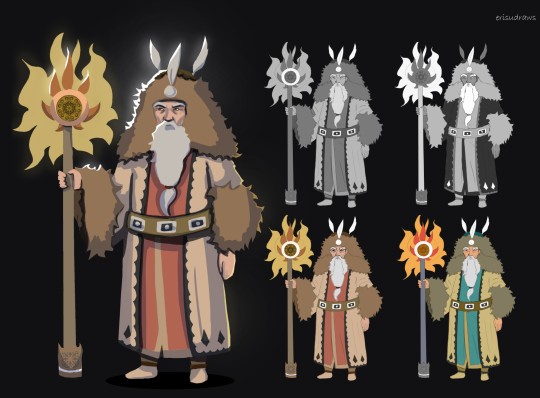
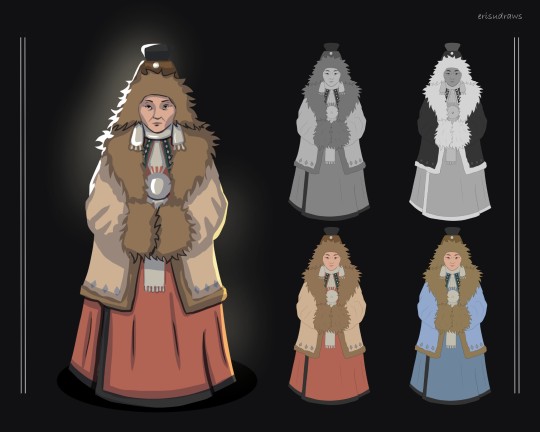
Yuryung Aar Toyon is the supreme god in Sakha mythology, known as the "Bright Creator Lord". He is depicted as an old man dressed in furs, and is the creator of the universe and human beings. The sun is personified in his image.
His wife Adjynga Sier Khotun is said in the legends to be equal to his brilliance.
#digital art#mythology#siberia#native siberian#yakut#yakutia#sakha#olonkho#gods#concept art#character drawing#character design#character art
38 notes
·
View notes
Photo
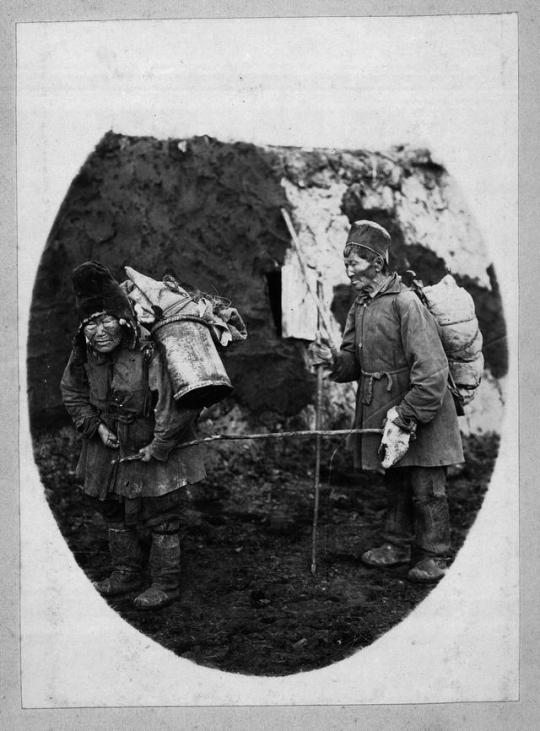
Yakut travellers, 1890s
57 notes
·
View notes
Photo


mgi2_cha53-01 Fanalis corps Fullbody
mgi2_cha53-02 Fanalis corps Expressions
note: Roroh’s name being on cha53-02 is a mistake from the original
#magi#magiweek2022#yakut#razol#fanalis#fanalis corps#fanalis a#fanalis b#fanalis c#fanalis d#Anime:KOM#category:character#background characters
57 notes
·
View notes
Text
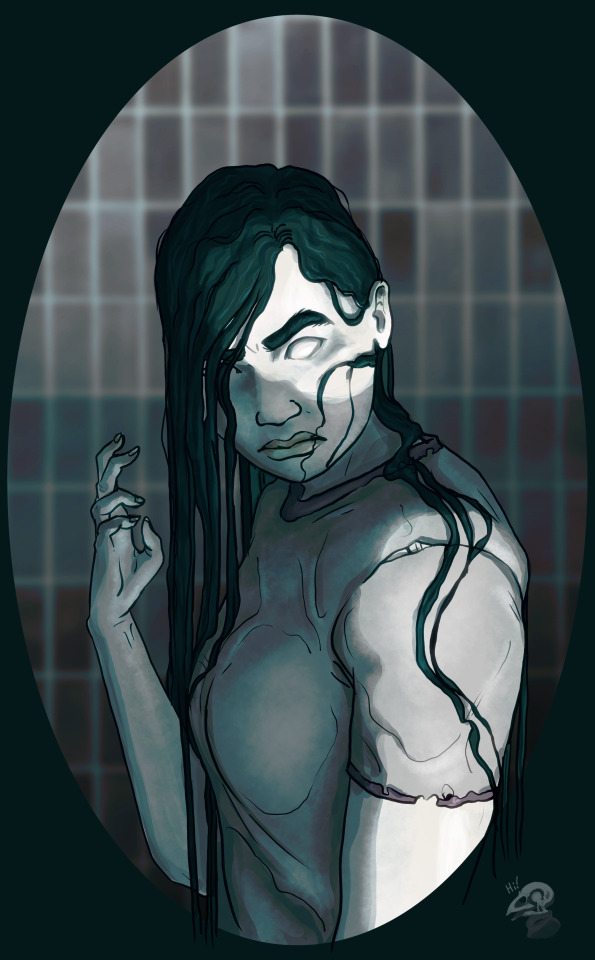
You take a bath after a long day at work, in the comfort of your own home and she rises from the bathwater. What do you do?
#üör#folklore#spooky#dark art#fantasy art#yakut#yakutia#monster girl#witchyvibes#monsters#fairytale#fairy tale#macabre#undead#onryo
110 notes
·
View notes
Text
youtube
2 notes
·
View notes
Text

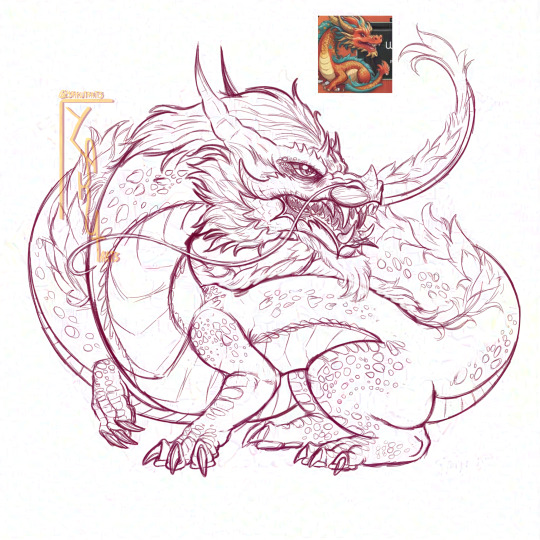
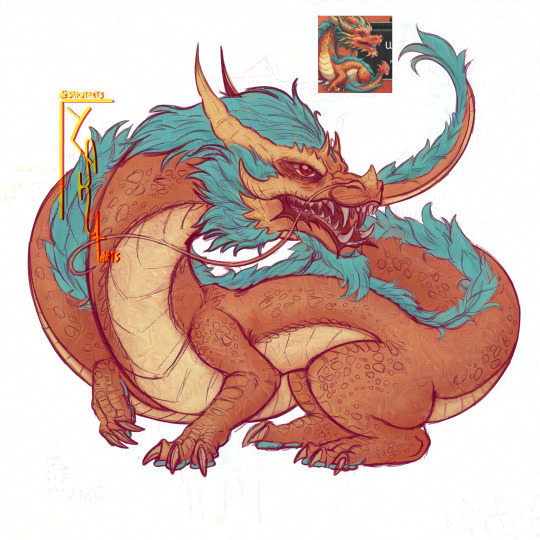
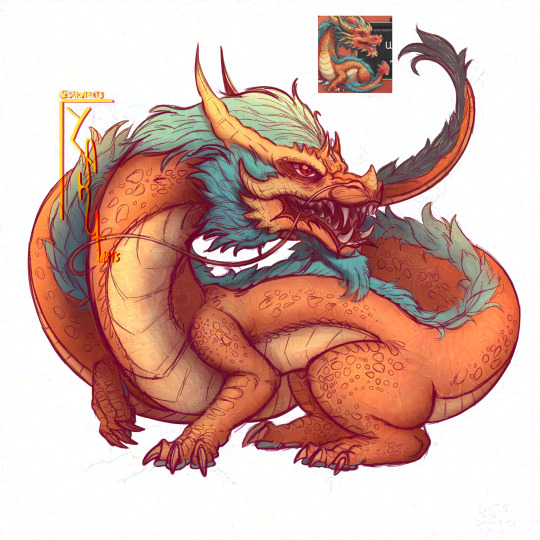

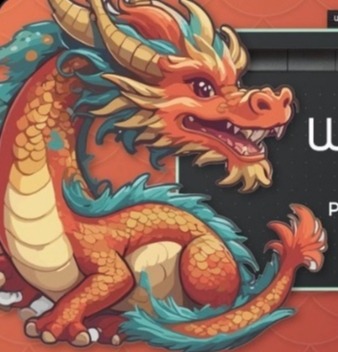
That @wacom chinese dragon but it is drawn by an ACTUAL human artist.
Watermarked and glazed. (Out of spite for protection)
Please reblog this because I really want wacom to see it.
A/I will never replace human artists, companies like Wacom would be nothing without us. Stay strong!
#art#artist#artwork#digital art#digital artwork#drawing#furryart#design#furry#sfw furry#dragon#wacom#wacom dragon#noai#no ai art#yakut#yakutarts#yakut art#chinese dragon#artists on tumblr#human artist#my art#watermarked and glazed out of spite#speedpaint#furry dragon#ai bros fuck off#fuck ai art#fuck ai all my homies hate ai#commissions are open#commission open
39 notes
·
View notes
Text
instagram
Episode 143: Baba Yaga, A Deep Dive Into the Mystical Enchantress of Slavic Folklore Photodump
Image 01: Baba Yaga’s House by Yasen Stoilov and Baba Yaga herself!
Image 02: “B is for Baba Yaga”
Image 03: Assorted illustrations of Baba Yaga
Image 04: Assorted illustrations of Baba Yaga
Image 05: A clip from “Vasilisa The Beautiful”, an animated Soviet cartoon from 1977
Image 06: A clip from “Vasilisa The Beautiful”, the live-action version of the tale from 1939
Image 07: An above-the-ground burial found in a Russian forest leftover from Pagan burial rituals of ancient Russia (above) and The Moksha women in traditional clothes, circa 1900 (below)
Image 08: Ethnographer V. Vasilyev and a Yakut above-the-ground burial in Yenisey region, Siberia, 1905
Image 09: (above) Baba Yaga’s House by Jessi Sprocket Janusee (found at Burning Man Festival in 2018), Yakutsk, the city on stilts (below)
Image 10: A Sámi storehouse, now preserved as part of an open air museum in Sweden
#Let's Get Haunted#Baba Yaga A Deep Dive Into the Mystical Enchantress of Slavic Folklore#Baba Yaga#Vasilisa The Beautiful#Yakut#Instagram
7 notes
·
View notes